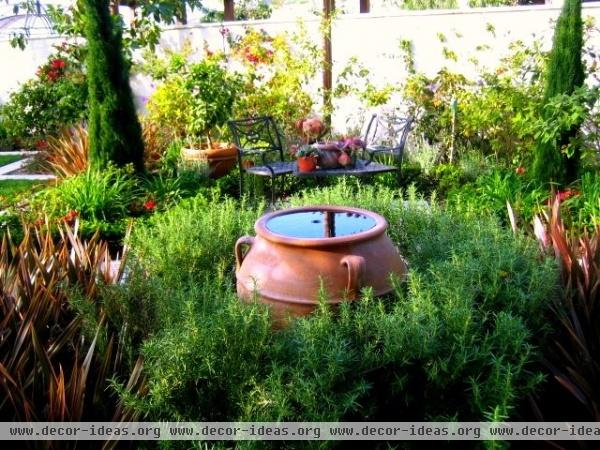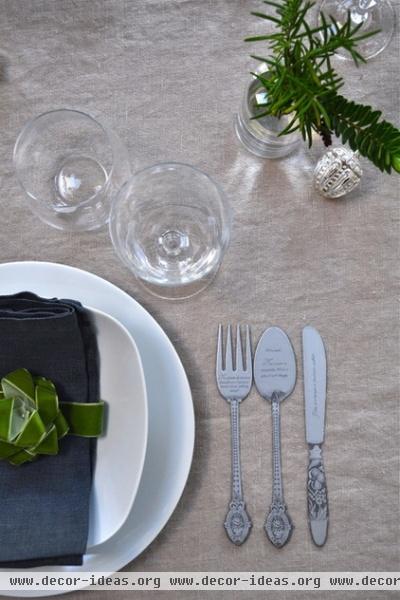Herb Garden Essentials: Grow Your Own Rosemary
http://www.decor-ideas.org 07/22/2013 05:30 Decor Ideas
This evergreen perennial has moved out of the herb garden to become a full-fledged landscape stalwart in warmer climates. It's also a year-round container plant that can be brought inside in colder areas. It’s not hard to see why it is so popular. You can find 6-foot-tall upright shrubs or plants that are shorter and chubbier. There are prostrate forms that can spill over rock walls and creeping forms to plant in rock gardens or as ground covers.

Start from small plants rather than seeds. This will give you the advantage of being able to do a quick taste test at the nursery or garden center to determine which variety you want. The taste can vary significantly; usually the upright broader-leafed varieties are best for cooking. The upright varieties also are generally cold hardier.
No matter which variety you choose, you’ll get an easy-care plant that doesn’t mind poor soil, produces blue to pink to white delicate edible flowers and attracts hummingbirds and butterflies. It also smells great when you brush against it or cut it.

Light requirement: Full sun
Water requirement: Little to some water
Prime growing season: Year-round in mild climates; spring through fall in colder climates unless brought inside a greenhouse, shed, garage or house
When to plant: Spring and early summer
Favorites: Albiflorus, Arp (cold-hardy favorite), Barbecue, Blue Boy, Blue Spires, Huntington Carpet (Huntington Blue), Irene, Golden Rain (Joyce De Baggio), Gorizia, Lockwood de Forest, Majorca Pink, Miss Jessup’s Upright, Prostratus, Spice Islands, Tuscan Blue

Planting and care: Rosemary does better in poor soil, but choose a site that drains well. Set out plants 2 feet apart for upright varieties and 3 feet apart for those that spread. There are cold-hardy varieties. They're also good container plants. You can start small, but eventually you'll need a container that measures at least 18 inches.

Water the plant regularly until it's established, then just enough to keep it from drying out completely. Rosemary does not like wet feet. It also doesn’t like to be fed. (You can’t get easier care than this.)
Pinch or snip back the tips to shape. If the plant becomes too rangy, then shear back the sides and tops. Just don’t take too much at one time or it will look bare.

Harvest: Snip off the tips as needed. Hang by the stems to dry. The flavor is best just before the plant flowers.
Related Articles Recommended












